Melbournes landmark Bolte Bridge
The Bolte Bridge stands as one of Melbourne’s most recognisable landmarks, spanning the Yarra River in Victoria’s bustling capital.
Since 1999, this remarkable structure has served as a vital component of the CityLink tollway system, facilitating smooth traffic flow through Melbourne’s central business district.
Architectural Features
The bridge’s most striking elements are its twin 140-metre concrete towers, which have become iconic features of the Melbourne skyline.
While these towers serve a decorative rather than structural purpose, their distinctive silhouette creates a memorable architectural statement. The main structure extends 490 metres, supporting ten lanes of traffic across its impressive span.
Engineering Excellence
The construction represents Australia’s largest balanced cantilever cast in situ box girder bridge. Two independent bridges of variable depth form the superstructure, featuring prestressed concrete box girders separated by a precise 1.15-metre gap.
This engineering approach ensures optimal stability and load distribution across the entire span.
Strategic Importance
As a crucial link in Melbourne’s transportation infrastructure, the Bolte Bridge connects the Tullamarine Freeway from the northern suburbs with the West Gate Freeway. The structure accommodates up to 200,000 vehicles daily, demonstrating its significance in the city’s transport network.
Historical Context
Named after Victoria’s 38th Premier, Sir Henry Bolte, the bridge stands as a testament to Melbourne’s growth and development. The construction, completed by Baulderstone Hornibrook, required three years of intensive work and an investment of $75 million, reflecting the scale and complexity of this infrastructure project.
Conclusion
The Bolte Bridge represents more than just a transportation link; it exemplifies Melbourne’s commitment to innovative infrastructure development.
While its decorative towers may spark architectural debate, the bridge’s contribution to the city’s functionality and visual identity remains undisputed. As Melbourne continues to evolve, the Bolte Bridge stands as an enduring symbol of modern urban development and engineering achievement.

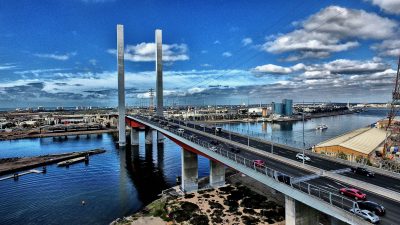
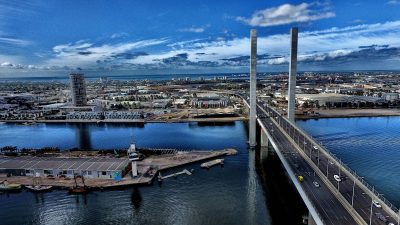
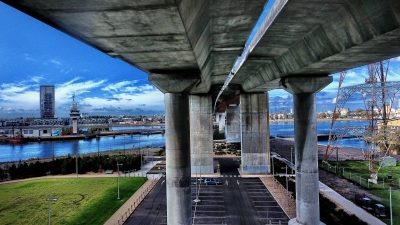
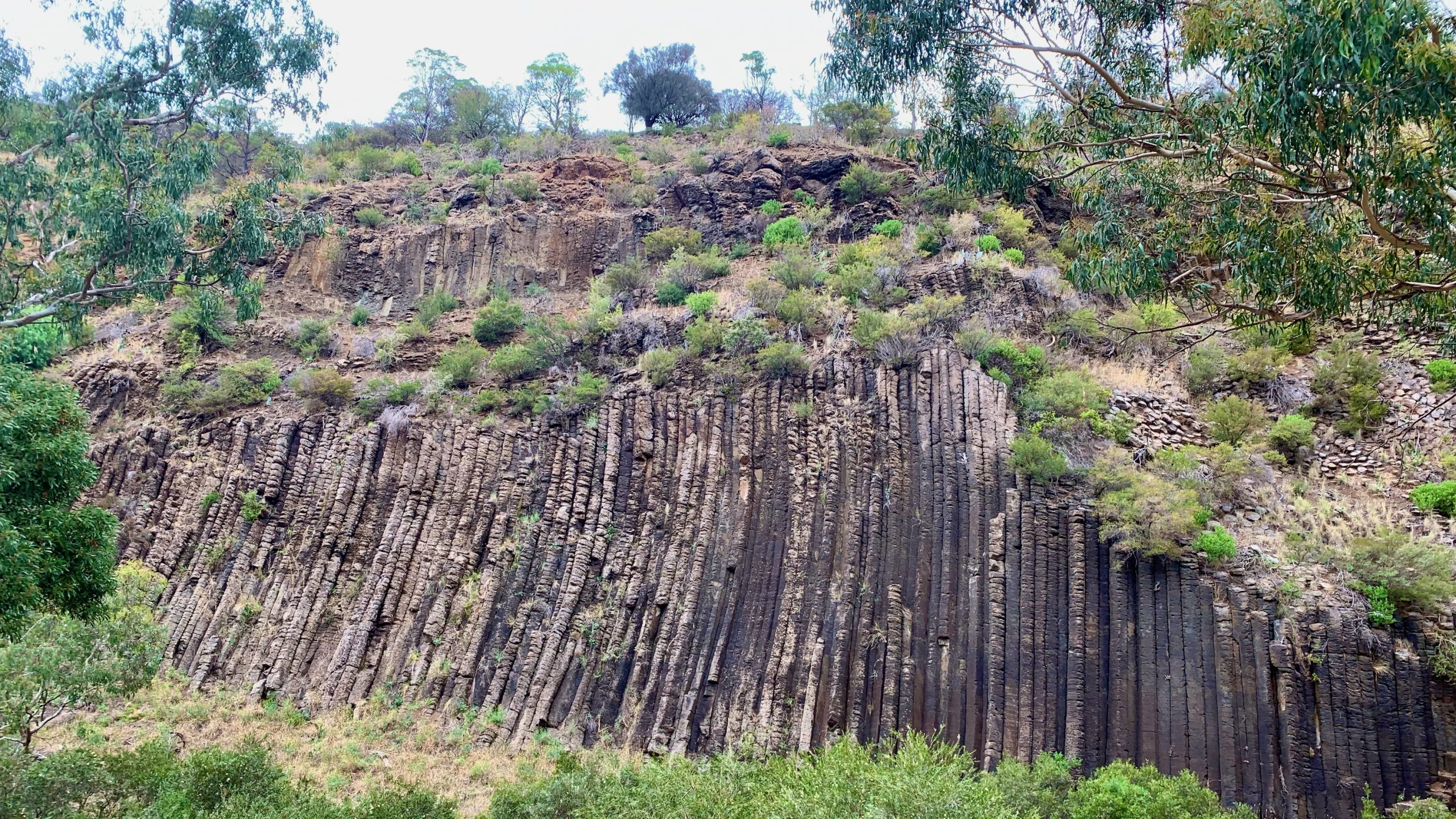
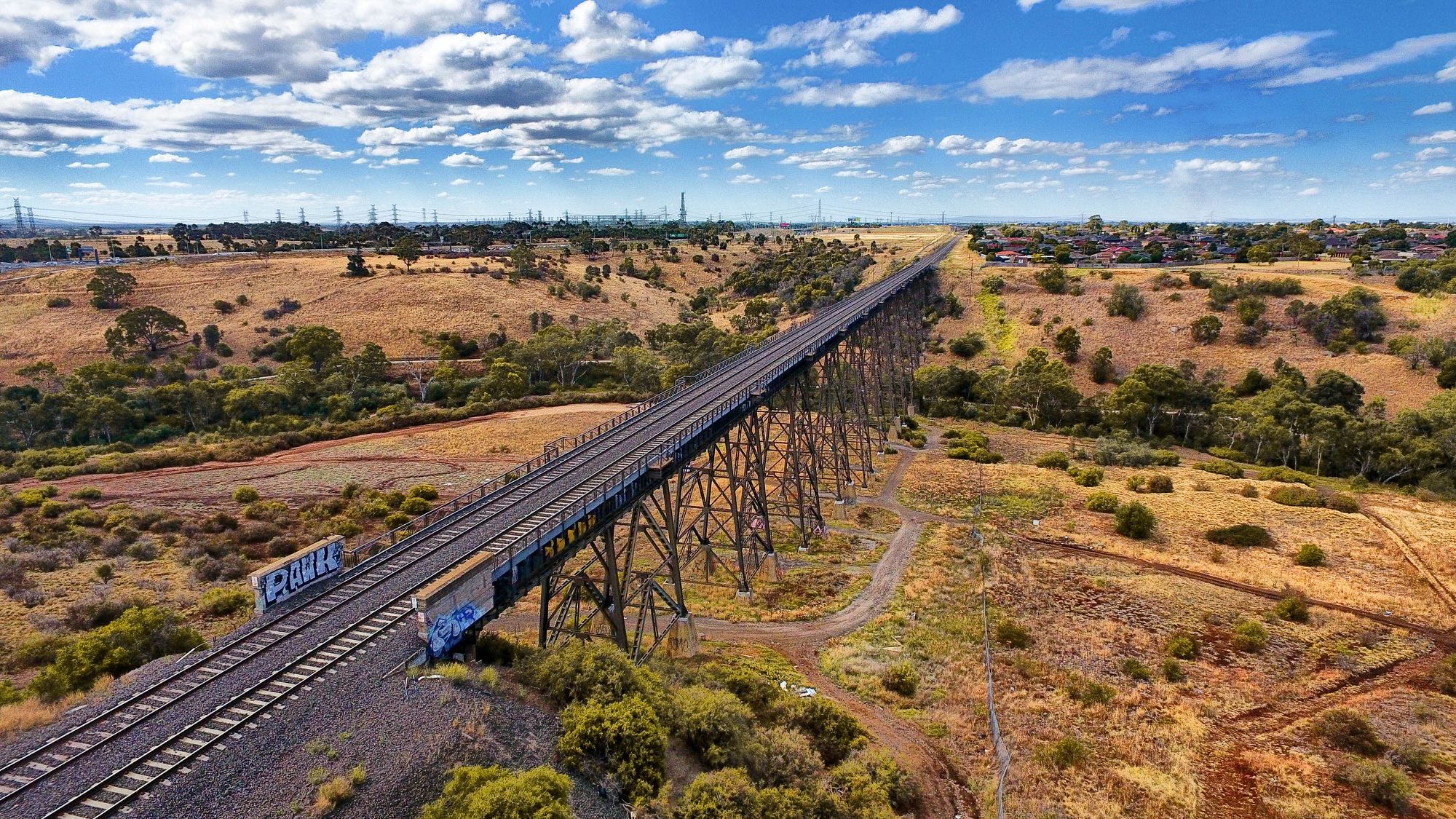
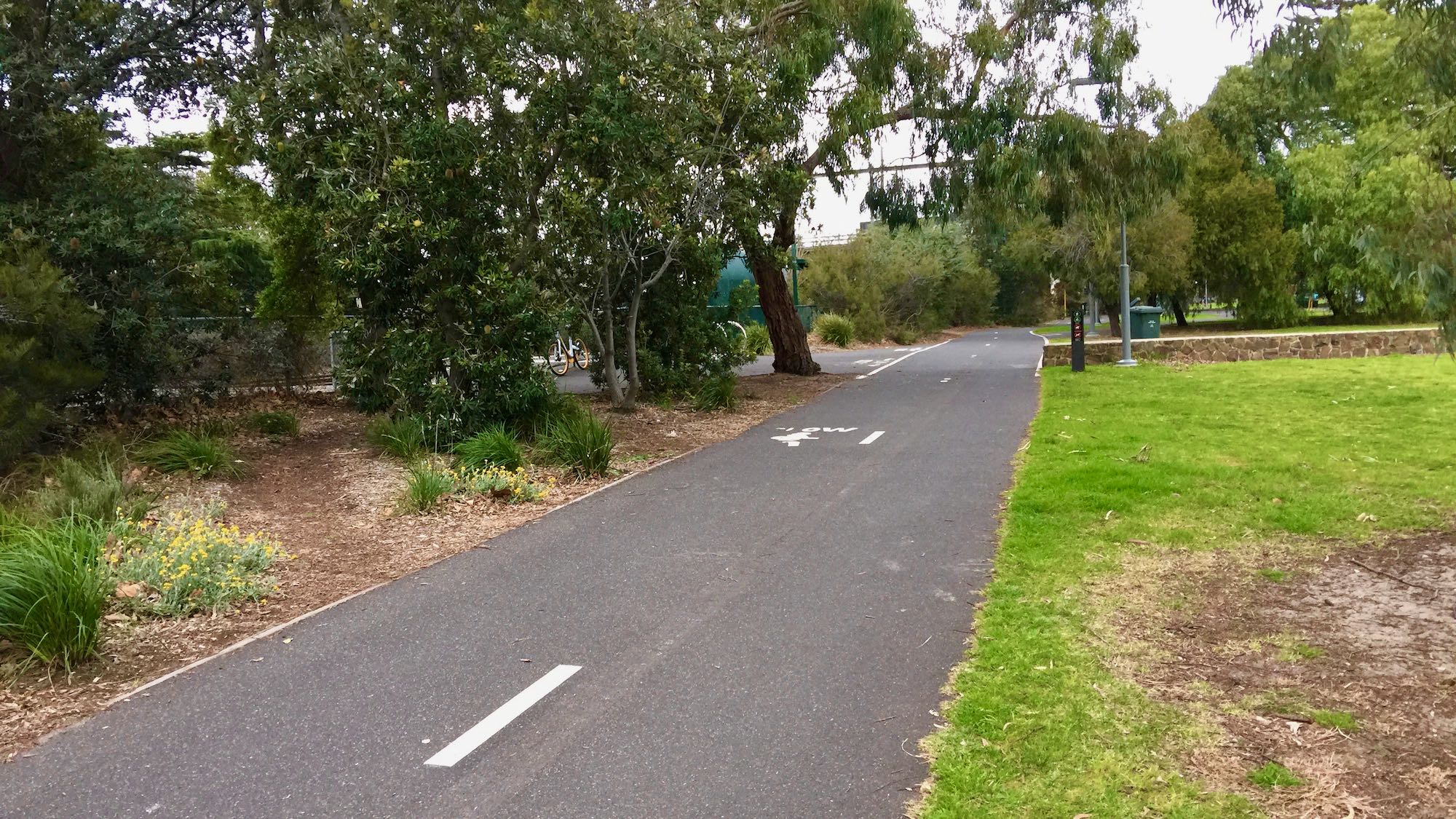
Leave A Comment